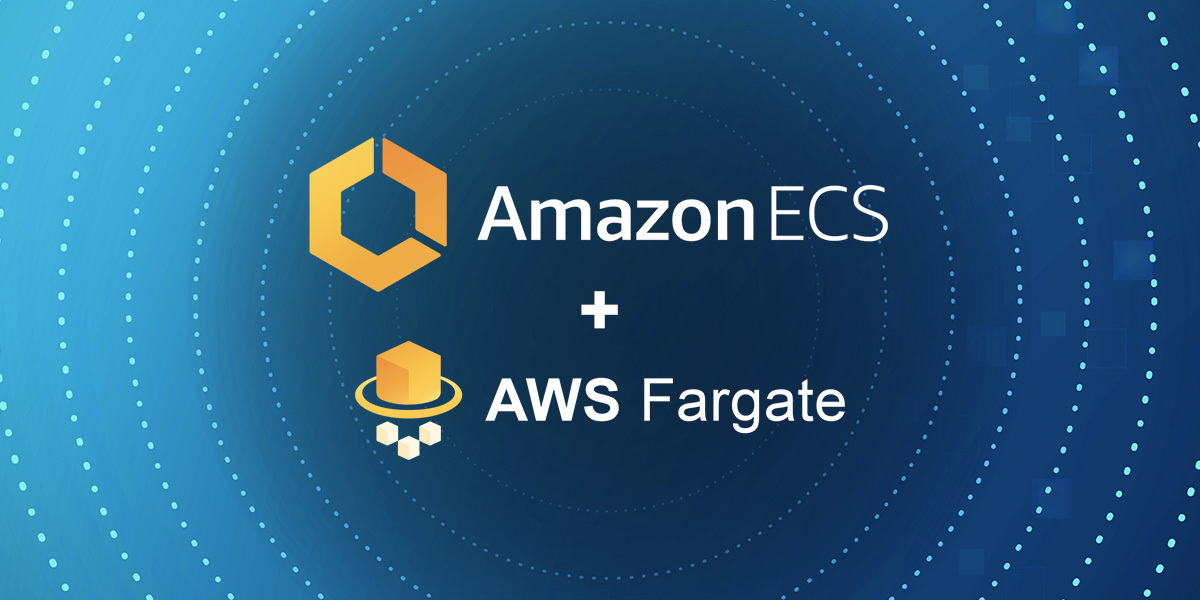The increasing popularity of containerization and continuous evolution of software development and maintenance methods created the need to effectively manage containers. Developers use orchestration systems to make all of that easier. This article explains what these tools are and which ones are the most popular.
What are container orchestration systems?
Containerization means packing software code and all the related files, libraries, and dependencies in a standard software package called a container. Since containers are fully autonomous units, they can run in any environment with the same settings.
Major projects use orchestration tools to serve container cycles in large-scale systems. Containers are used as virtual machines that can execute applications.
Orchestration tools are intended to automate numerous processes: planning, deployment, scaling, load balancing, providing high availability, and service detection.
These tools provide the flexibility to manage containerized microservices and make them more comfortable to work with. Once all the required tasks and processes are completed, the orchestration system reassembles these containers into an application and installs it.
Container orchestration is one of the most important tools for DevOps engineers. You can install these systems yourself or lease and use them as services.
Which orchestration systems are popular?
The market has many container orchestration tools to offer. Let’s take a look at the most widespread ones and their unique features.
Kubernetes
One of the most widely used data orchestration systems with open source, which has become a developer standard. The platform supports declarative object configuration. It can also be used to automate application scaling, template deployment, and management of container services and workload.

The platform offers auto-mounting of flexible storage systems, horizontal auto-scaling, auto-restart, replacement, and termination of failed containers. In addition, it also features automated rollbacks and deployments, self-healing, and confidential information management.
Kubernetes supports Linux, macOS, and Windows.
Docker Swarm
Docker is a “parent” container orchestration and clusterization system that uses the declarative model. While the Swarm manager handles all the actions, Docker commands are used to work with the cluster.

The platform features decentralized design, load balancing, dynamic role management, and gradual updates. It enables different modes of network operation and offers several security options.
Docker Swarm is compatible with Linux, macOS, and Windows.
OpenShift Container Platform
An enterprise-level platform-as-a-service (PaaS) orchestration system used for the development, deployment, and management of container applications. It can also interact with classic applications and their components in self-service mode. Public, private, and hybrid cloud environments are used to automate processes. The platform works with both virtual and physical clouds.

OpenShift Container Platform features built-in orchestration, planning, and clusterization tools, plus auto-scaling and load management. All applications created using this orchestration tool are compatible with other platforms that support Docker containers.
The system allows connecting permanent storage to Linux containers, which makes it suitable for use with stateful and stateless applications.
It supports Linux.
Rancher
Intended for container orchestration in physical or cloud open source production environments. Rancher features the most common container orchestration and planning frameworks: Kubernetes, Swarm, and Mesos. It uses Cattle as the native container orchestration and planning platform.

The system works with load balancing, flexible user authentication plugins, and private SDN networks for each environment. It offers data storage and a distributed DNS service for automatic registration of containers as services. It can work with multiple clouds.
The platform features built-in tools to manage confidential information. It supports role-based access control (RBAC) at the environment level, which allows users and groups to grant or deny access to development or production systems.
Rancher is compatible with Linux.
Nomad
An extensible and flexible orchestration tool for the deployment and administration of classic and containerized applications, which works in the cloud and physical development environments.

The platform features simple management and support, a plugin catalog, scalability, and built-in integration with other tools, such as Terraform, Consul, or Vault.
It’s compatible with macOS, Linux, and Windows.
Amazon ECS + Fargate

This is a combined platform that brings together ECS, a de facto industry standard in container orchestration, and Fargate – a serverless computing platform with the possibility of infinite scaling.
Amazon ECS is a fully automated tool designed for container orchestration in AWS. It allows the user to easily deploy, manage, and scale containerized applications. ECS is used to safely run containerized workloads in the cloud.
The combination with Fargate makes it possible to achieve the fault tolerance of ECS-running solutions without having to worry about server management, capacity planning, and isolation of container workloads. The ECS Anywhere tool enables the deployment of containerized applications both on-premise and in a cloud, meaning developers can focus on their applications.
Amazon ECS+Fargate is compatible with Windows OS.
Who requires orchestration tools?
Orchestration systems are typically used by large companies that need to develop and maintain several large-scale applications, which in turn consist of multiple containers.
Small projects usually don’t have as many containers and as such can be managed manually or even without any microservices. Using orchestration systems isn’t practical in this case.
Orchestration systems require proper installation, setup, and support from qualified professionals. The project will also need to buy and maintain a hardware reserve to use if the load increases. For that reason, leasing a cloud orchestration platform and leaving its maintenance to specialized services will be the optimal solution.


